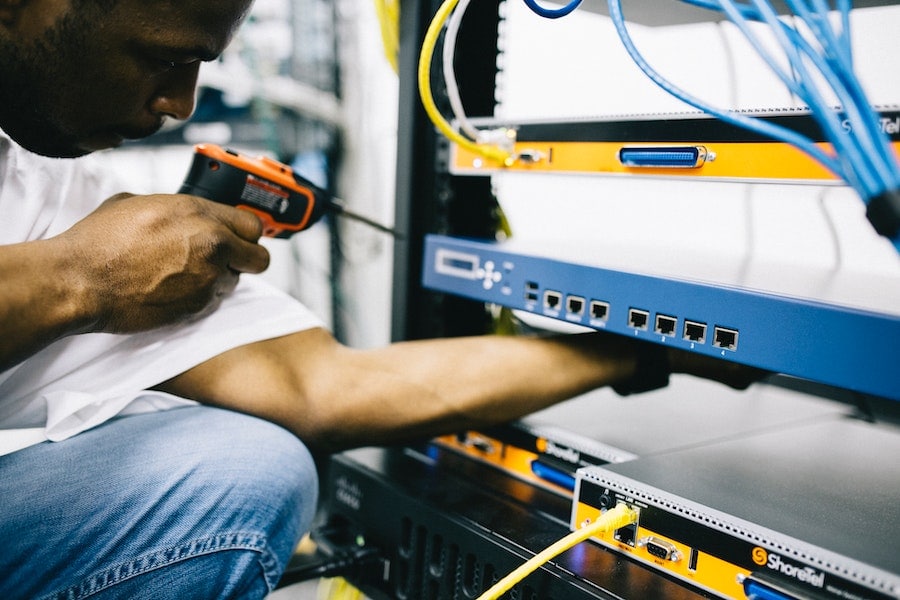When setting up audio-visual installations, the importance of cabling and signal transmission is vital. Proper wiring not only ensures that sound and video quality are retained but also guarantees the reliability of the overall system. In any AV arrangement, whether for a learning environment, office, or home theater, optimizing the network cabling can lead to enhanced performance and reduced technical issues. This article will outline essential strategies for enhancing cable management and interfacing in AV solutions.
The initial step in optimizing media installations is to select the correct cables for the job. Distinct types of cables fulfill various purposes, so identifying compatible ones is essential. For example, HDMI cables are common for carrying high-definition visual and audio signals. In opposition, balanced audio cables like XLR can eliminate signal noise in sound systems. It is important to assess the distance and quality of these cables, as longer cables can cause signal loss. By investing in high-quality cables that fit the specific needs of the AV design, users can dramatically enhance system-wide performance.

Another essential strategy is organizing the wiring effectively. A neatly arranged wiring system not only seems cleaner but also supports functionality. Using cable management tools like clips, ties, or sleeves can assist arrange wires tidy and avoid tangling. This layout also makes it simpler to troubleshoot any issues that may occur. Labeling each cable according to its purpose or source can reduce time during repairs or repairs. A logical layout helps technicians readily identify connections, which is especially beneficial in large-scale systems with multiple devices.
Additionally, analyzing the configuration of the space is crucial for optimizing connectivity. The location of devices can affect how signals travel through cables. Positioning devices too far apart may call for longer cables or signal boosters, which can be costly and degrade quality. It is advantageous to map out the arrangement link of equipment strategically, taking into account the proximity between devices and potential obstacles such as walls or furniture. This strategic placement can reduce issues related to signal loss and improve connectivity throughout the AV system.
Routine performance audits are another key strategy for maintaining maximum operation of AV wiring and signal pathways. Over time, cables may become worn due to usage or wear and tear. Periodically inspecting all connections helps identify potential problems before they worsen into significant issues. Swapping out damaged cables and servicing connectors can restore signal quality and ensure the system functions smoothly. Using a schedule for routine maintenance can help users oversee this aspect of their AV infrastructure.
Finally, staying informed about new developments and protocols is important for anyone managing AV setups. The field is constantly advancing with breakthroughs in technology that can elevate connectivity and performance. Attending seminars, following industry journals, or networking through professional communities can deliver beneficial insights into best practices and up-to-date technologies available on the market. By adopting these technologies and applying them to current systems, users can evolve their AV installations on an ongoing basis while maintaining they remain updated with industry progress.
In closing, optimizing wiring and connectivity in AV systems involves careful selection of cables, effective organization, thoughtful space layout planning, regular maintenance Web Site checks, and keeping informed on industry innovations. By implementing these strategies, users can achieve enhanced results and efficiency in their media setups, ultimately providing a more satisfying experience for everyone participating.